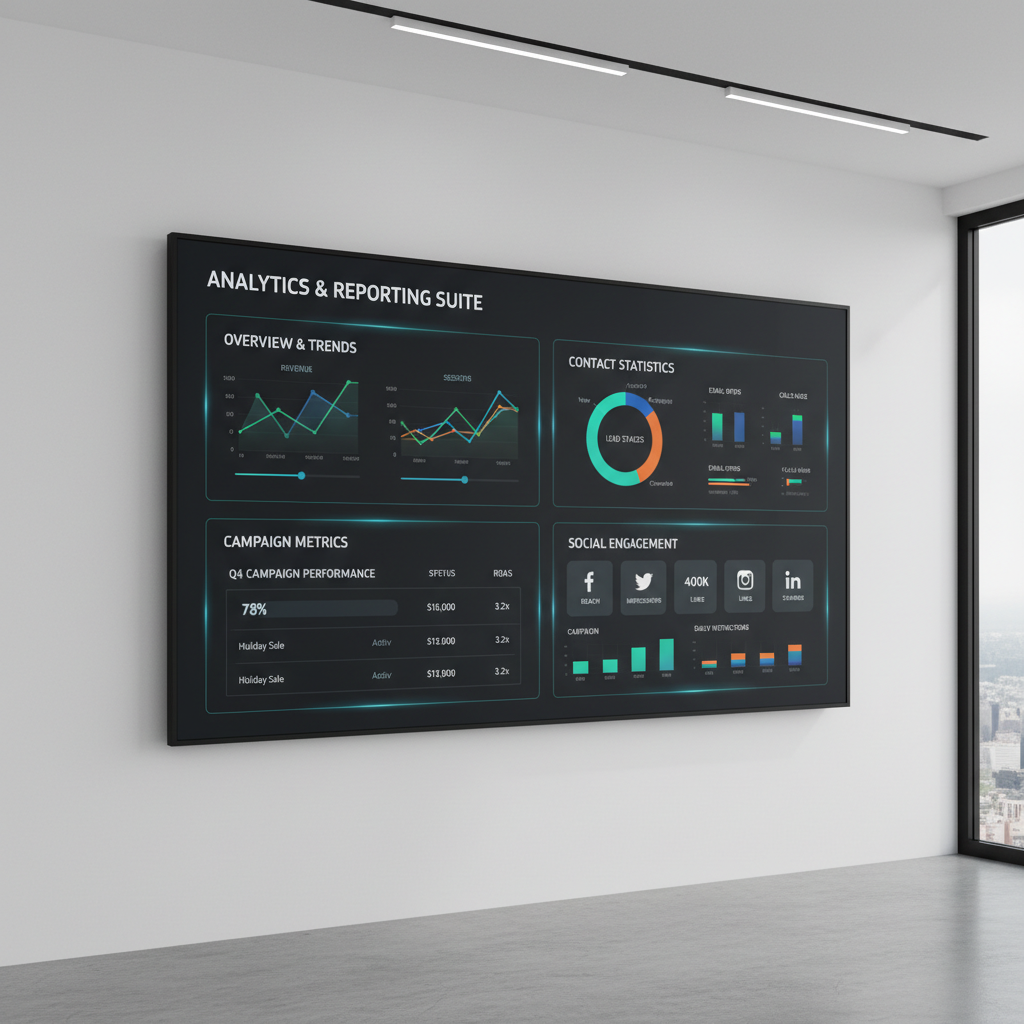1080 x 1920 Frame Dimensions for Vertical Video and Images
Learn how to create sharp, platform-ready vertical content with 1080x1920 resolution, safe zones, file formats, and optimization tips for mobile.

Introduction to 1080 x 1920 Resolution for Vertical Content

The 1080 x 1920 resolution is a vertical Full HD format, where the width is 1080 pixels and the height is 1920 pixels. This is the portrait counterpart to the standard 1920 x 1080 horizontal Full HD resolution. Its 9:16 aspect ratio is now the dominant choice across social media platforms, perfectly tailored for smartphone screens and optimized for mobile-first viewing.
With the continued surge in vertical content consumption on platforms like TikTok, Instagram, and YouTube Shorts, understanding and mastering the 1080 x 1920 frame is vital. It ensures your media appears sharp, fills the display naturally, and maximizes audience engagement without unsightly black bars or awkward cropping.

---
Common Uses for 1080 x 1920 Content
Platforms that rely heavily on vertical visuals mandate or recommend this resolution for optimal display. The most common uses include:
- Instagram Stories and Instagram Reels
- TikTok videos
- YouTube Shorts
- Snapchat Discover and Spotlight
- Facebook Stories
By creating content in the correct resolution, you avoid scaling distortions, maintain crisp visuals, and ensure UI elements don't interfere with your composition.
---
Pixel Density & Quality Considerations
Pixel density — measured in pixels per inch (PPI) — greatly affects how sharp your 1080 x 1920 media appears, particularly on high-resolution displays.
Key considerations:
- Higher PPI results in crisper, more detailed images.
- For web delivery, 72 PPI is the minimum; aim for 150–300 PPI to retain detail on modern devices.
- Avoid over-compression, as it can introduce pixelation and compression artifacts.
For video content, export using the highest applicable bitrate supported by the target platform to maintain smooth playback and vivid visuals.
---
Designing for 1080 x 1920: Safe Zones and Readability
Keeping text and critical elements inside safe zones ensures they aren’t covered by platform UI overlays or cropped on different devices.

Safe zone guidelines:
- Restrict key elements to the central 1080 x ~1420 px area.
- Maintain 150–250 px of padding at both the top and bottom.
- Test by previewing drafts on the specific platform before finalizing.
Readable layouts work best with:
- Bold, high-contrast typography
- Adequate line height for on-screen readability
- Visual hierarchy to guide viewers’ eyes quickly
---
Best File Formats & Compression Tips
Select file formats based on the media type to balance quality and performance:
| Media Type | Recommended Format | Why |
|---|---|---|
| Static Images | JPEG, PNG | JPEG for photos with reduced size, PNG for graphics requiring transparency |
| Animated Graphics | GIF, WebP | WebP delivers superior compression with maintained quality |
| Video | MP4 (H.264 / H.265) | Industry standard for compatibility and efficient compression |
Compression tips:
- Use TinyPNG or Squoosh for image optimization.
- Use HandBrake for reducing video sizes without noticeable degradation.
- Always preview compressed files across devices before publishing.
---
Tools & Apps for Creating 1080 x 1920 Frames
For consistent, professional-quality vertical content, these tools offer presets and adaptable workflows:
- Canva – Quick, templated designs for social media
- Adobe Photoshop – Full-featured graphic editing control
- Figma – Excellent for UI-focused vertical visuals
- Premiere Rush / CapCut – Powerful yet mobile-friendly video editing
- InShot – User-friendly app with essential editing tools
Built-in export presets in these apps save time and ensure resolution accuracy.
---
Optimizing Images & Videos for Fast Loading
Fast-loading content encourages user retention. Performance can be improved by:
- Resizing exactly to 1080 x 1920 pixels to avoid scaling.
- Using WebP for images or H.265 video compression.
- Implementing lazy loading for website visuals.
- Adjusting bitrate and frame rate to balance quality and delivery speed.
Pro Tip: Keep images under 500 KB and videos in the 5–10 MB range for optimal mobile performance.
---
Repurposing Content from Other Aspect Ratios
If converting horizontal or square content into the 9:16 vertical format:
Repurposing strategies:
- Reframe – Reselect and focus on the most important part of the image or clip.
- Scale & Fill – Use backgrounds or subtle blurs to fill unused space.
- Split Screens – Stack multiple related visuals vertically in one frame.
This approach retains the impact of original content while optimizing for vertical-first platforms.
---
Creative Branding Ideas for the Vertical Frame
Vertical frames offer immersive opportunities:
- Sequential storytelling — content unfolds as viewers scroll or watch
- Bold typography — centered for emphasis and recall
- Platform-native AR & stickers — enhance interactivity
- Vertical infographics — designed for thumb-friendly consumption
These concepts fully leverage the available pixel space to reinforce brand recognition and engagement.
---
Common Mistakes to Avoid
When producing 1080 x 1920 content, avoid:
- Placing critical visuals outside safe zones
- Stretching media instead of cropping proportionally
- Overloading designs with text
- Using low-contrast colors that hurt readability
- Relying on low-res assets that appear pixelated on modern screens
---
Conclusion: Why Mastering 1080 x 1920 Matters for Engagement
The 1080 x 1920 vertical resolution is more than a technical specification — it is the foundation of a mobile-first content strategy. By designing within safe zones, optimizing format and compression, and using the right tools, your content will look sharp, load quickly, and fit platform requirements perfectly.
Mastering this aspect ratio allows brands, influencers, and creators to deliver visually compelling stories that resonate with audiences and encourage interaction. Start implementing these best practices today and elevate your vertical content to the next level of performance and engagement.




